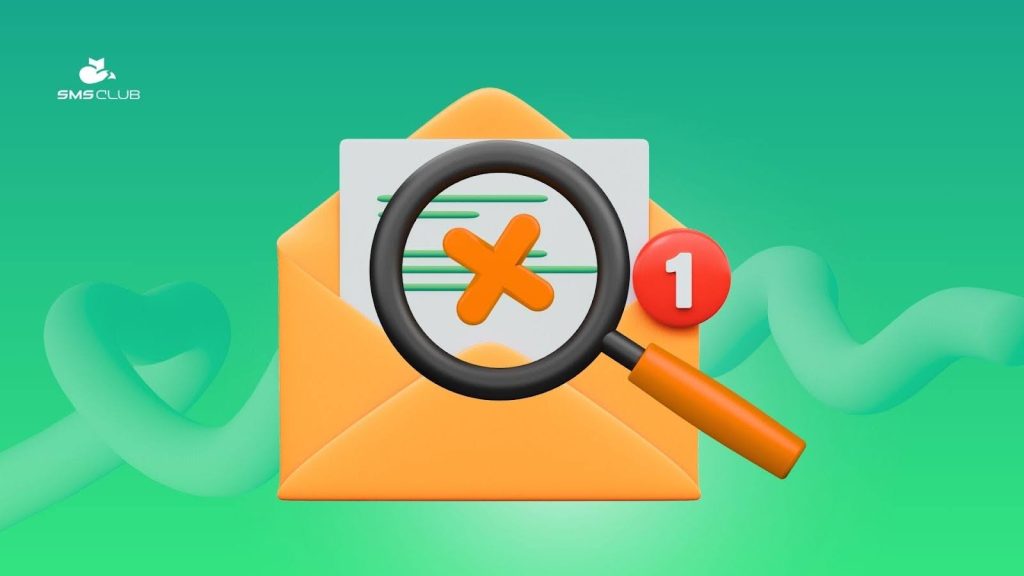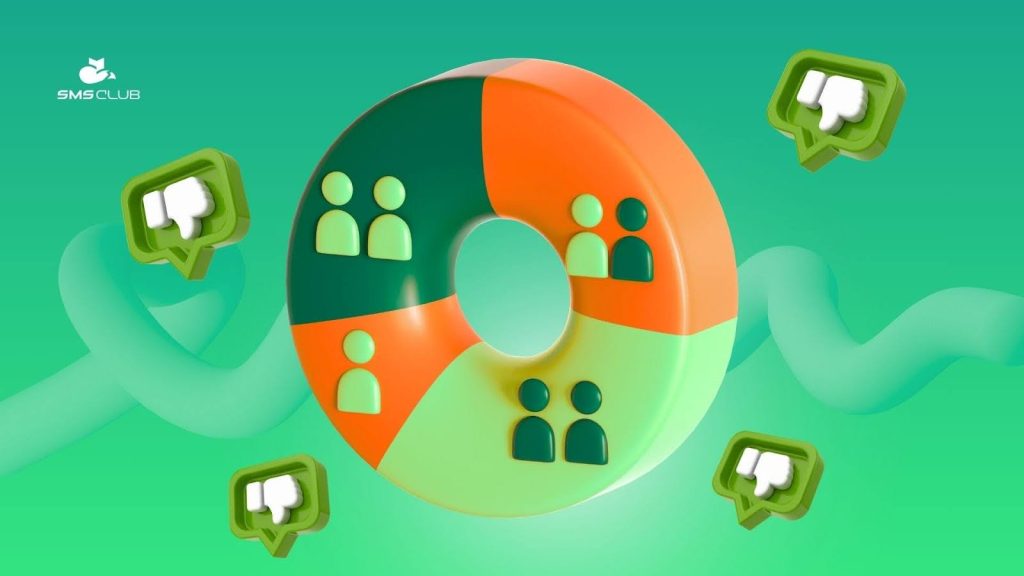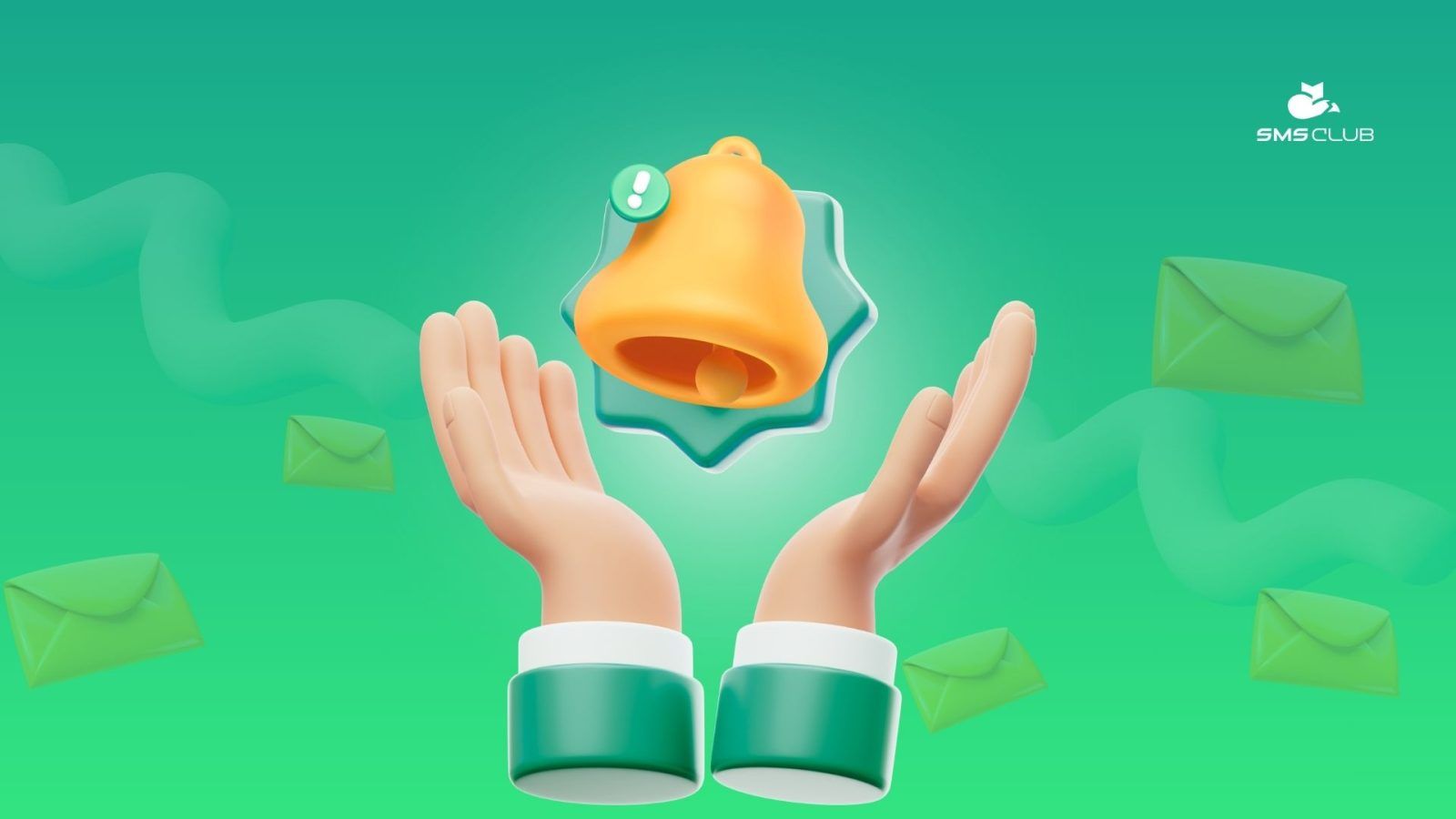The most common mistakes in mass sendings and how to avoid them

Contents:
Contents:
Among the advantages of mass sendings is conciseness. Short texts save time, and if the recipient is interested in the information, they will definitely find your store or business and learn more about your offer.
However, even a short format doesn’t prevent mistakes that negatively impact the effectiveness of marketing campaigns. Below are the most common mistakes in SMS marketing and their causes.
Spoiler: avoiding them is not difficult, as long as you know where to focus your attention at each stage of the marketing campaign.
Mistake 1: SMS to nowhere
The most unsuccessful mass sendings is one sent randomly. That is, without knowing who it’s for and why. This is why aquarists receive messages about scuba diving gear, and invitations to a car shop in Kyiv are sent to applicants in Dnipro.
At the root of such mishaps is a poor-quality customer database. This usually stems from two reasons:
- Disorder. The database was not properly managed from the beginning, leading to a lot of inaccurate and outdated information. Learn how to quickly update your database and at least get rid of inactive phone numbers here.
- Poor segmentation of the database. City, age, gender, number of purchases, frequency, and average purchase amount are key parameters to consider during every SMS campaign. The list can vary in each niche.

How to avoid it?
Organize your database and work on its personalization. The bad news is that this is a path of trial and error, and mistakes can still occur along the way. But the good news is that even one small adjustment to segmentation can work marketing wonders. For example, considering the client’s clothing size in a message about a sportswear sale.
Tip:
At the planning stage of the mailing, it’s important to ask yourself two questions, and before sending it — one “control” question:
- Why does my business need this mailing, and what goal am I trying to achieve with it? This could be drawing attention to a specific product, selling off an old collection, or reminding customers about your brand — the main thing is to have a clear goal.
- How is this information useful to the people receiving the message? Can they save money, receive a gift or positive emotions, or win something?
- If I received this text, would it interest me? If yes, why? If no, why not?
The first two answers minimize the chaos that often occurs during the campaign planning stage, and the third can highlight gaps and help shift the focus in time, adjusting the offer or target audience accordingly.
Mistake 2: Mailing to a purchased database
This is a risky and desperate move. It’s most often used by beginners because it seems like an easy solution, thinking that many people will immediately learn about them.
We’ll leave aside the ethical aspect of this issue and the argument that it’s an unfair practice. The main risks include:
- Wasting the budget — you don’t know the audience you’re interacting with, how interested they are in your offer, or what business results the mailing will bring. Most often, it’s zero.
- Legal consequences — to send an SMS to a number, you must have the owner’s consent. Otherwise, this violates existing laws, particularly the “Data Protection Act”, which regulates the use of personal information. Sending SMS without an agreement with the client violates this law and can lead to fines.
How to avoid it?
Build your own database. This can be done in various ways, including through forms on your website. If your business operates offline, you can do a brief survey during the first purchase, for example. Yes, it’s a slow process, but the results are worth it.

Mistake 3: Incorrect content
This refers to messages that leave only one question: “Who are these people and why are they texting me?”
This happens when the text contains:
- Terms, slang, or Anglicisms that are unclear to the general public;
- Incorrect dates. For example, someone receives an SMS about a promotion ending on December 31, 2024, on January 2, 2025;
- Adjectives that don’t convey meaning — “cool content”, “unique resource”, “super-economical device”;
- Typos or punctuation errors;
- Clichés — “professional team”, “modern design”, etc.
How to avoid it?
To avoid embarrassing mistakes when sending SMS, try the old-fashioned way: show the text to a few “trusted people” — your mom, brother, significant other, a smart neighbor, or an old classmate.
The key condition is that they haven’t seen the text before and have a vague idea of what promotion you’re planning. If they can read it without getting confused, you’re good. If they have concerns, the text needs revision.
Also, bookmark online text correctors — most of them can catch and help fix spelling and punctuation mistakes.
Tip:
Don’t manipulate — it’s always noticeable and irritating, especially if it’s a sensitive topic for the person. Texts like “100% guarantee”, “cheapest products”, or “only here” are often associated with scams.
Honest messaging works better than doubtful promises. And specifics are always appreciated: not “instant delivery” but “delivery in three hours within the city”.
Mistake 4: Poor timing of messages
There is a lot of advertising everywhere, and consumers have long known that quantity doesn’t equal quality. Daily mailings initially annoy recipients. After a while, they become bothersome, and eventually, they are seen as spam. Do you really want that?
How to avoid it?
Find your own interval between mailings. For most businesses, weekly or monthly mailings bring the best results. There are niches where pre-seasonal SMS reminders work perfectly.
Tip:
Consult a reputable mass sendings service. Experts will help you choose the optimal schedule for sending SMS, explain what error occurred or could occur in your case, and advise on how best to use test messages. The consultation is completely free.
Conclusions
Each SMS mailing should deliver results for your business — especially if it’s focused not on situational profit but on building an emotional connection with customers and gradually turning them from “occasional” to “regular”.
That’s why after each mailing, track and analyze key metrics — delivery, opening, and clicks. Based on this data, adjust your strategy. And don’t be afraid of mistakes, as business is a living organism that constantly grows and transforms.




